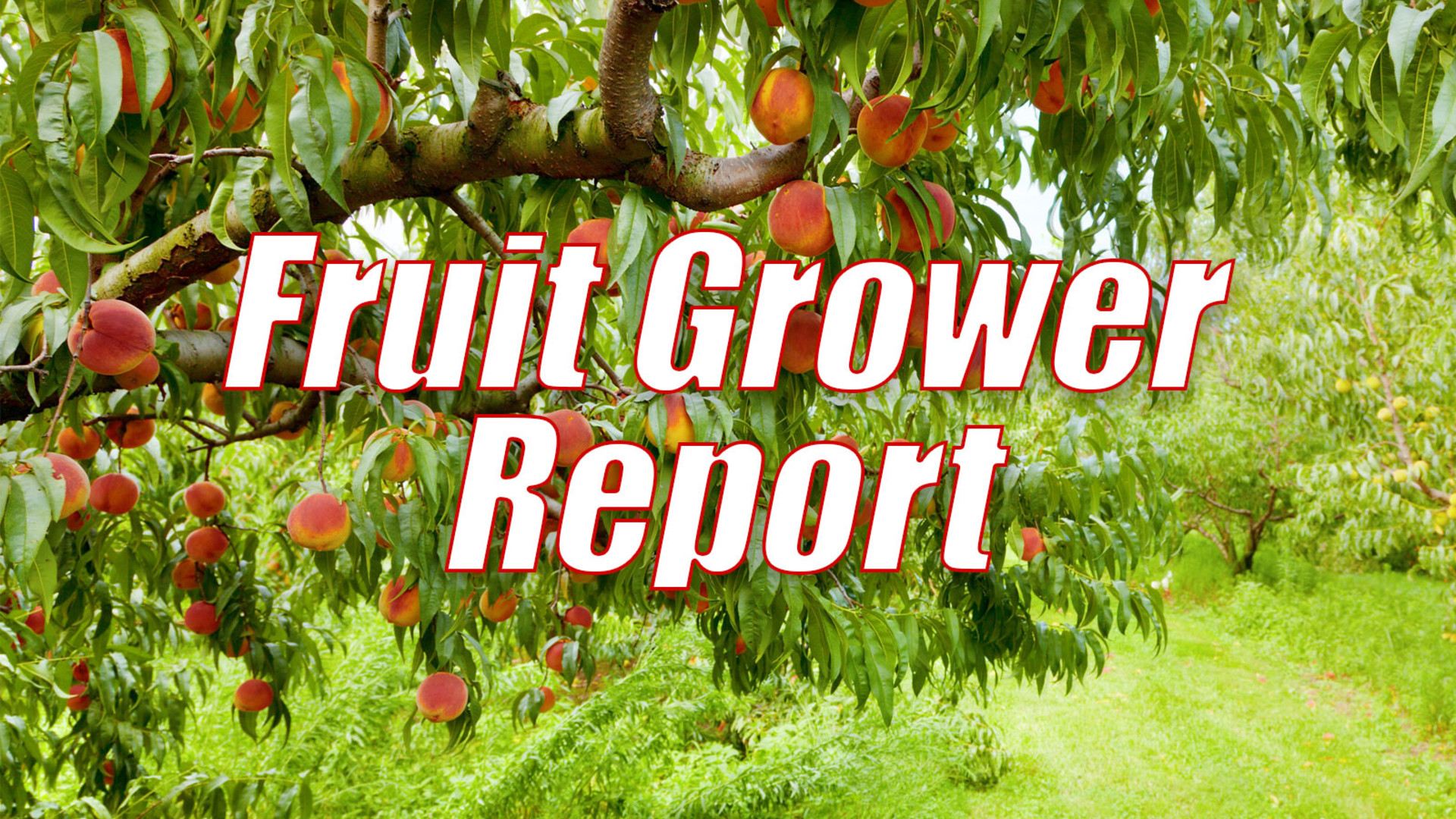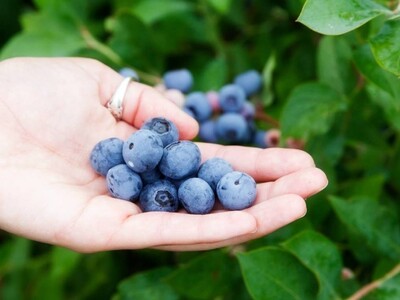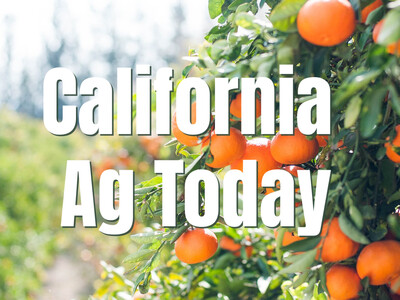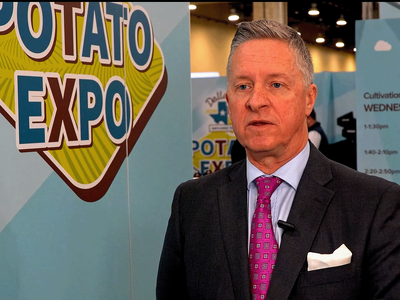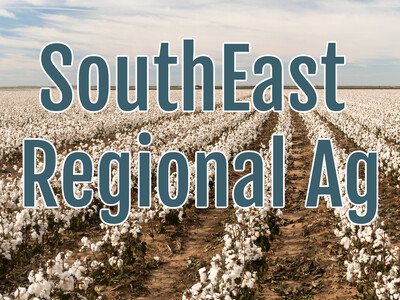Getting An Early Start
Getting An Early Start. I'm Greg Martin with today's Fruit Grower Report.The weather lately has been beautiful here in Washington State. Some estimates are that we are already 3 weeks early on the tree fruit season but according to WSU Extension Professor Emeritus, Tim Smith that also means preparing for early fire blight and he talks about a model using flowers.
SMITH: The reason it is so important to model the flower infection is that's the basic starting point of fire blight. After you get the flower infections, the shoot infections and the collar blight occurs and you lose the trees, there's all sorts of things that happen but it all starts with the flower. We've always aimed at controlling flower infections to control the rest of the stuff that happens to you all season long.
Smith says this model starts with the first flower and that it's important you start counting with the first flower.
SMITH: Not the one that's on the south side of the tree that's pressed up against the trunk. Wait until you get into the first true beginning of the flower in your orchard and start counting then. It continues as long as theres flowers or it resumes when the flowers resume in your orchard. Some of the worst infections we have had in this state have occurred on the secondary bloom.
He notes that producers rarely spray secondary bloom.
SMITH: But that's where most of our problems are. The secondary bloom is out later that the primary bloom and the odds are the weather is going to be warmer. So don't discount secondary bloom as the primary infection that starts things downhill for the rest of the year.
That's today's Fruit Grower Report. I'm Greg Martin on the Ag Information Network of the West.


